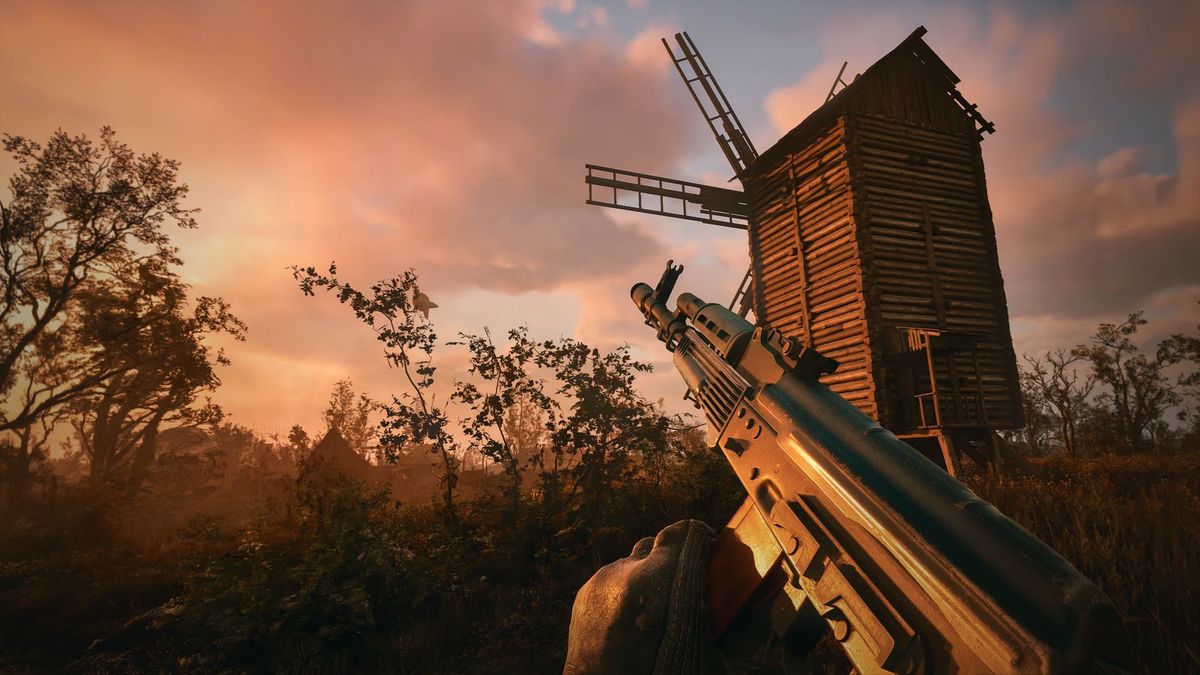Tetris has long been a staple in the gaming world, captivating players since its inception and continuing to be a go-to for its addictively simple gameplay. Digital Eclipse’s latest release, Tetris Forever, pays tribute to this timeless classic by delving into its rich history. It takes us from the original vision of Alexey Pajitnov to its breakout success as a Game Boy staple and beyond, steering clear of the more dramatized narratives seen in the 2023 Tetris film. This project offers an engaging look at a pivotal era in the gaming industry that continues to captivate millions.
Following in the footsteps of The Making of Karateka and Llamasoft: The Jeff Minter Story, Tetris Forever is the third entry in Digital Eclipse’s Gold Master series. This virtual museum, presented with sleek visuals, offers an interactive journey through the franchise’s evolution. Each section of the timeline is packed with high-resolution images of noteworthy documents, software, and hardware. Coupled with fresh interviews and archival footage, these elements provide an intriguing glimpse into the game’s development and complex licensing history.
Tetris’s story runs parallel to other remarkable innovations in the 1980s gaming landscape, especially the intricate quest to capture the next big hit. The game shares the spotlight with co-founder Henk Rogers, who offers insights into the birth of Japanese RPGs. Rogers also recounts how his expertise in the board game Go helped him gain favor within Nintendo’s hierarchy, playing a key role in securing handheld rights for Tetris in Moscow. This collection is brimming with these fascinating details, making it a wealth of knowledge for enthusiasts.
While the Gold Master series primarily aims to educate, it doesn’t shy away from offering gameplay experiences. The series includes games in their best emulated forms, although some iconic titles are conspicuously absent, such as the original Game Boy version. This version makes a fleeting appearance as a nostalgic nod later in the collection. Despite missing some publisher-license crossovers, the collection features various NES, Game Boy Color, and numerous PC and console iterations. It even showcases lesser-known gems like the captivating Hatris and the Japanese-developed sequel, Bombliss.
Within this lineup, two standout titles capture attention. First, a beautiful recreation of Pajitnov’s original Electronika 60 prototype immerses players in the game’s foundational simplicity. Its wireframe graphics and minimalistic sound design create a surprisingly soothing experience.
Then there’s Tetris Time Warp, a fresh addition that challenges players by transporting them through different eras of the franchise using unique warp blocks. Experiencing all this collection has to offer first heightens your appreciation of where the Time Warp Tetriminos might lead you. This latest chapter truly enriches the Tetris saga, offering both history buffs and gamers alike a chance to explore and enjoy an iconic piece of gaming heritage.














































